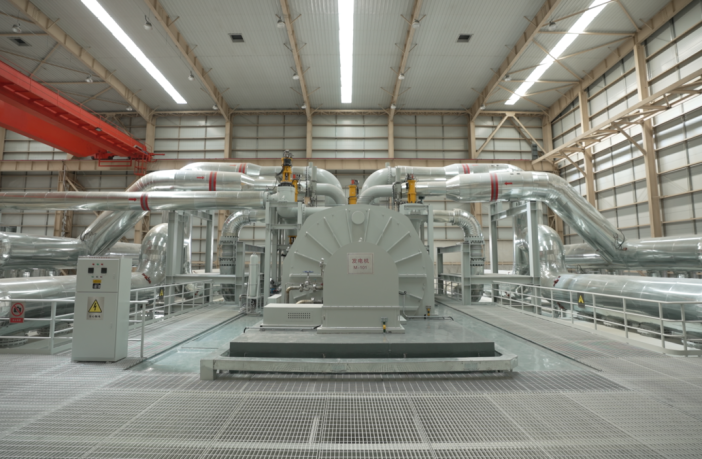- The Institute of Engineering Thermophysics of the Chinese Academy of Sciences has switched on a 100 MW compressed air energy storage (CAES) plant in Zhangjiakou, in China’s Hebei province.
“The project, technically developed by the Institute of Engineering Thermophysics of the Chinese Academy of Sciences. The power plant can generate more than 132 million kWh of electricity annually, providing electricity for 40,000 to 60,000 households during peak electricity consumption,” the research institute said. “CAES has the advantages of large storage capacity, low capital cost, long lifetime, safety, and environmental friendliness. It is recognized as one of the most promising technologies for large-scale energy storage.”
The facility is based on a multistage high-load compressor and an expander, as well as high-efficiency supercritical heat storage and heat exchange, said the Chinese Academy of Sciences, without providing additional technical details. It launched the demonstration project in 2018, after developing two compressed air energy storage systems with capacities of 1.5 MW and 10 MW in 2013 and 2016, respectively.
The world’s largest operational CAES system is currently a 60 MW plant built by Chinese state-owned energy group Huaneng, Tsinghua University, and China National Salt Industry Group in Changzhou, Jiangsu province. The facility features a salt cavern, situated 1,000 meters underground and owned by China National Salt Industry Group. The system has an efficiency of more than 60% and is expected to reach a power generating capacity of 1GW.
Author: Emiliano Bellini
This article was originally published in pv magazine and is republished with permission.















